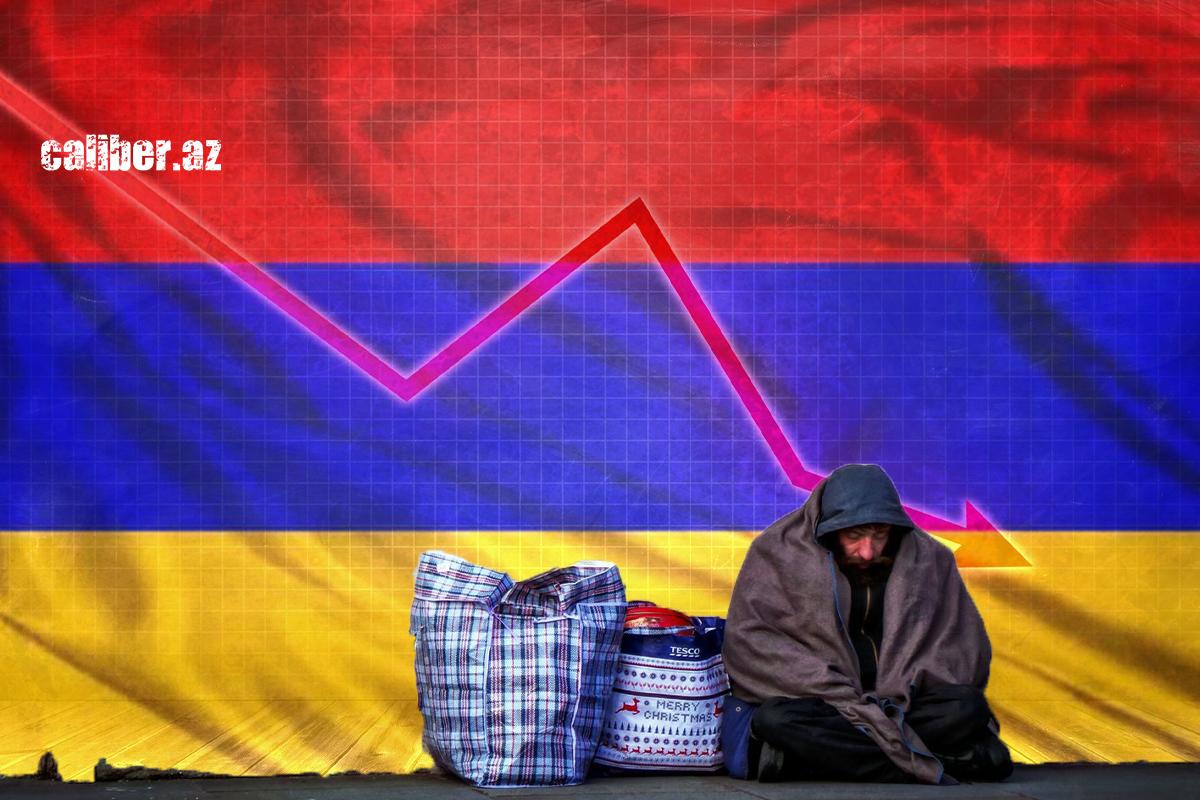World Bank raises GDP forecast for Azerbaijan Self-reliant growth
After overcoming the challenges of last year’s recession, Azerbaijan’s economy—especially the non-oil sector—has shown strong growth this year. In the first three quarters alone, GDP increased by 4.7%.
A combination of factors, including easing global inflation, rising foreign exchange reserves, and significant public investments in rebuilding projects in the Karabakh region, has given domestic companies a substantial boost. This has driven production growth, particularly in emerging industrial clusters. International financial institutions (IFIs) have taken notice of these positive trends. In its latest report, the World Bank raised its economic growth forecast for Azerbaijan for 2024-2025.
As inflationary pressures from 2022–2023 subside and last year’s decline in production and trade recovers, the global economy is gradually emerging from the risk zone, according to leading international financial institutions (IFIs). Overall, growth forecasts remain stable. Emerging market countries in Asia continue to drive global growth, even with a slight slowdown in pace. Notably, the International Monetary Fund’s World Economic Outlook has revised its growth forecasts for India and China upward—crucial, given that these two nations account for nearly half of global economic growth.
Meanwhile, growth rates in the largest developed economies are converging as production gaps narrow. In the US, signs of cooling—especially in the labor market—are becoming more evident after a strong 2023. In contrast, the European Union is expected to see a rebound, with growth accelerating after nearly flat performance last year.
Notably, positive trends at the global level are also affecting Eastern Europe and several countries in the post-Soviet space, including the South Caucasus. A recent report by the World Bank titled "Better Education for Stronger Growth," which examines the economic outlook for the Europe and Central Asia (ECA) region, highlights that the main drivers of economic growth in the ECA are higher private consumption and supportive fiscal policies. Additionally, robust government spending—such as increased public sector salaries, enhanced social support, and greater investments in infrastructure and defence—continues to play a significant role in driving growth.
Notably, the World Bank estimates that the economy of the South Caucasus will grow by 4.6% in 2024, making it the fastest-growing subregion in Europe and Central Asia (ECA). This marks an increase of 1.1 percentage points from previous forecasts. Growth is projected to reach 3.7% in 2025, which is 0.2 percentage points higher than the June forecast, while the 2026 forecast remains steady at 3.4%. In Armenia and Georgia, economic growth is expected to exceed potential levels, primarily driven by sustained consumption, investment, and government spending.
However, Armenia is anticipated to experience a slowdown in growth to 5.5%, down from 8.3% in 2023. This decline is linked to reduced inflows of migrants, tourists, and remittances from Russia. The global expert community widely acknowledges that the growth observed in Armenia’s economy since 2022 (the onset of the war in Ukraine) heavily relies on a significant increase in the re-export of sanctioned goods and equipment to Russia, circumventing restrictions imposed by the West. Essentially, without this speculative factor, Armenia's real economic indicators would be substantially lower. Additionally, due to the strengthening of the national currency and the so-called "Dutch disease," the real economy of Armenia has faced several challenges over the past two years, resulting in a decline in production dynamics.

Unlike some of its regional neighbours, Azerbaijan has achieved positive economic changes not through the re-export of dual-use goods, questionable banking operations, or other speculative factors. On the contrary, the country has consistently relied on its own strengths and has not benefited from preferential trade agreements with the EU or the US. In recent years, Azerbaijan has made significant investments in agro-industrial clusters, adopted advanced technologies, engaged in large-scale capital construction, and developed transport infrastructure, including in the Karabakh region.
This progress comes despite the fact that Azerbaijan, like all countries in the region, has faced significant challenges from the global crisis over the past two years, including high volatility in oil prices that has dampened domestic export dynamics. Nevertheless, despite these external pressures, the country has managed to maintain macroeconomic and monetary stability, effectively mitigating the impact of external negative factors across various indicators.
In this context, it is not surprising that the latest World Bank report highlights the significant role of large state investments and the improving dynamics of non-oil sectors. As a result, the economic growth forecast for Azerbaijan in 2024 has been increased by 0.9 percentage points from June estimates, reaching 3.2%. This is three times higher than in 2023, when the country's GDP growth was just 1.1%.
It is also important to note that throughout 2024, most major international financial institutions (IFIs) have revised their economic forecasts for Azerbaijan upwards. For instance, in a report published at the end of September, the Asian Development Bank (ADB) revised its growth forecast for Azerbaijan in 2024 to 2.7%, an increase of 1.5 percentage points compared to its April report. The updated ADB report indicates that this revision was influenced by growth dynamics in the non-oil sector, increased government spending, and heightened investment activity in the country.

In turn, according to recent estimates from the International Monetary Fund (IMF), Azerbaijan's GDP growth for 2024 is projected at 2.8%, which is three percentage points higher than figures from October of last year. In early July, another respected global institution, the Dutch company ING Group, also forecasted an increase in Azerbaijan's GDP growth to 2.8% for 2024, with similar projections for 2026. Meanwhile, forecasts from relevant United Nations agencies indicate a GDP growth of 2.6% for Azerbaijan this year and 2.8% in 2025. Thus, unlike last year, all international financial institutions (IFIs) now see no significant reasons to lower Azerbaijan's country ratings.
Moreover, during a recent Cabinet of Ministers meeting, Azerbaijan's Prime Minister Ali Asadov emphasized that despite growing geopolitical tensions globally and volatility in international oil prices, Azerbaijan has maintained macroeconomic and financial stability, with increasing development in the non-oil industry and other economic sectors. This assertion is supported by recent data from the State Statistical Committee of Azerbaijan, which indicates that from January to September of this year, the country produced a gross domestic product (GDP) of over 92.829 billion manats ($54.5 billion), reflecting a 4.7% increase compared to the same period last year. Notably, growth in the non-oil sectors was significantly higher, at 7.1%, and industrial production accounted for approximately 37.1% of GDP.
These figures are impressive, especially considering the high level of volatility in global hydrocarbon prices observed since the beginning of the year. Overall, the importance of the non-energy sector continues to grow year by year, which is a highly positive factor for Azerbaijan's economy. In the first half of 2023, the non-oil sector accounted for 60% of GDP; this year, that figure has risen to 65.18% in the first half.








